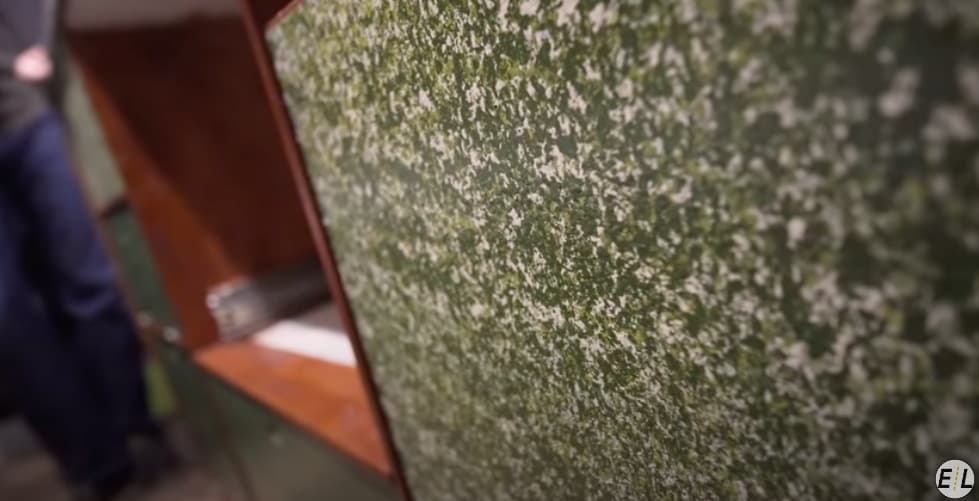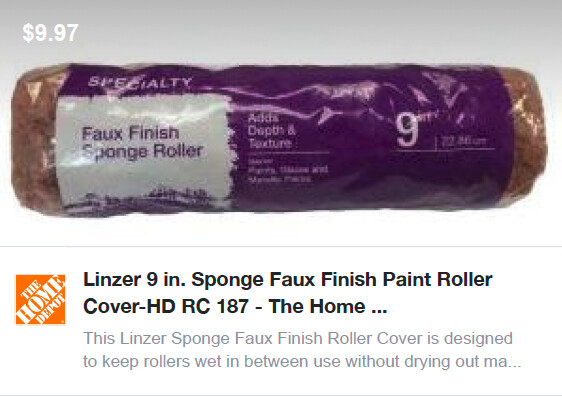How did Lex get the multi-color paint effect?
Credit: Element Life
I used a 1-part pre-catalized water based epoxy paint from Home Depot along with their
premium primer. Makes a tough finish.
BEHR PRO 1 gal. White Pre-Catalyzed Epoxy Semi-Gloss Interior Paint-HP15001 - The
Home Depot
It only comes in 1gal and 5gal so I purchased 2 gallons of paint from HD and 4 empty
quart paint cans from another hardware store. I had Home Depot color one gallon with
my primary base color. I then had them divide up the remaining gallon into 4 parts and
make each different color.
Solid colors tend to show every mark and scratch - especially light colors. My solution
was to use a sponge roller and layer 4 different colors into a speckled pattern. I used a
regular roller to apply the primer, followed by my base color (dark green). When that
was dry I used a sponge roller and covered about 75% with medium green, followed by
50% light green, and finally cream. The idea is to get about an even amount of
each color showing as a random speckled pattern.
Linzer 9 in. Sponge Faux Finish Paint Roller Cover-HD RC 187 - The Home Depot
I used shades of green as my colors, but any color scheme will work this way, dark
blue, med blue, light blue, cream: dark grey, med gray, light grey, white; dark brown,
med brown, light brown, beige; etc etc.
You determine the density of each color to give you the overall effect you want - overall
lighter or darker feel. I tried for an even distribution of each color, but that is only my
preference. You can let more or less of each of the colors show depending on your
tastes. The speckled pattern will hide a multitude of scuff marks and other sins.
I also found that some areas of the sponge roller were too dense and left too much paint
so I tore out pieces of sponge to get the effect I was after.
I painted the ceiling pure bright white so that it would reflect light down. It doesn’t get
scuffed so the plain white works fine.
Hope this helps,
Lex
[



